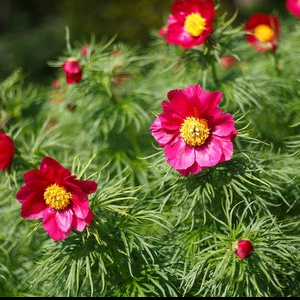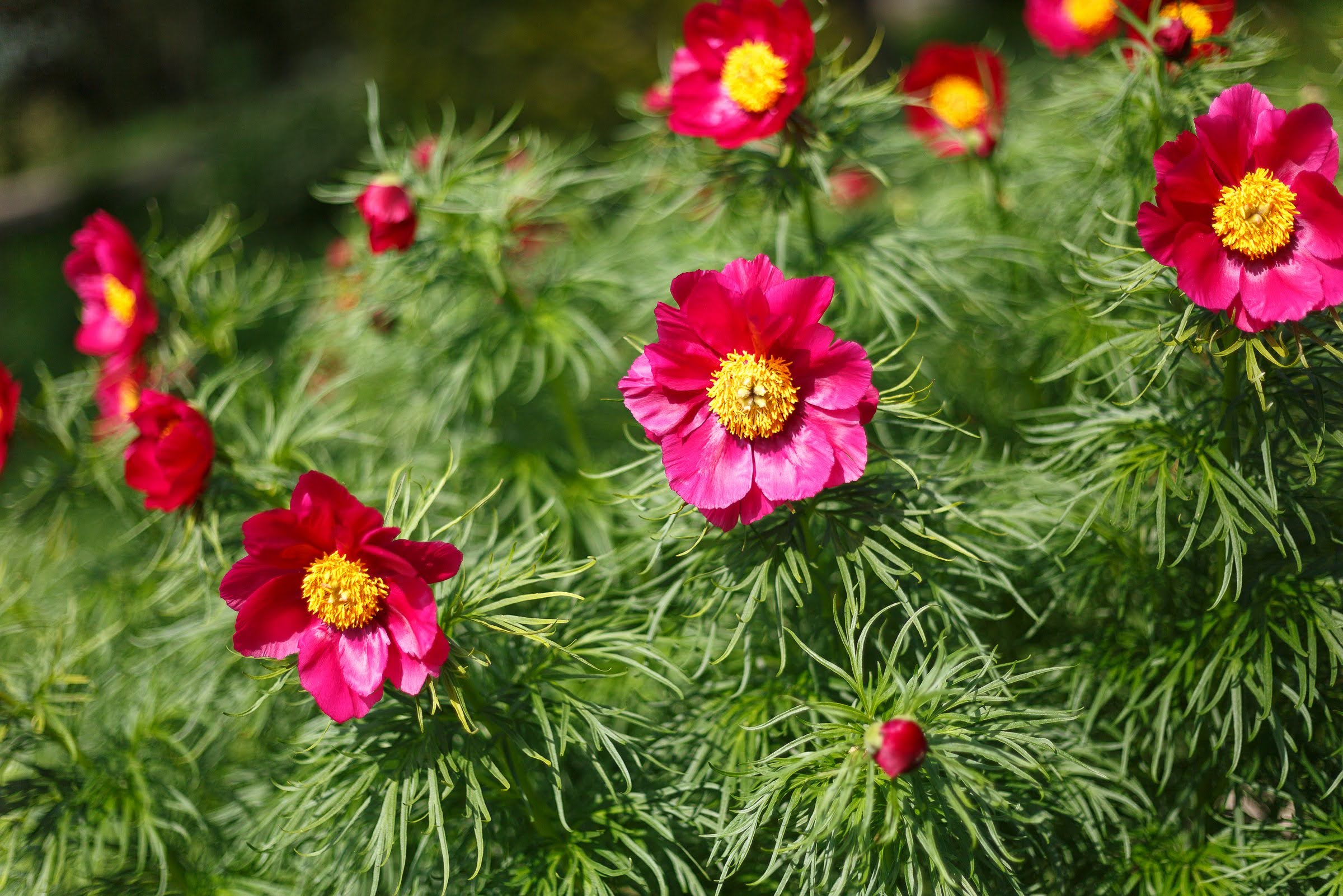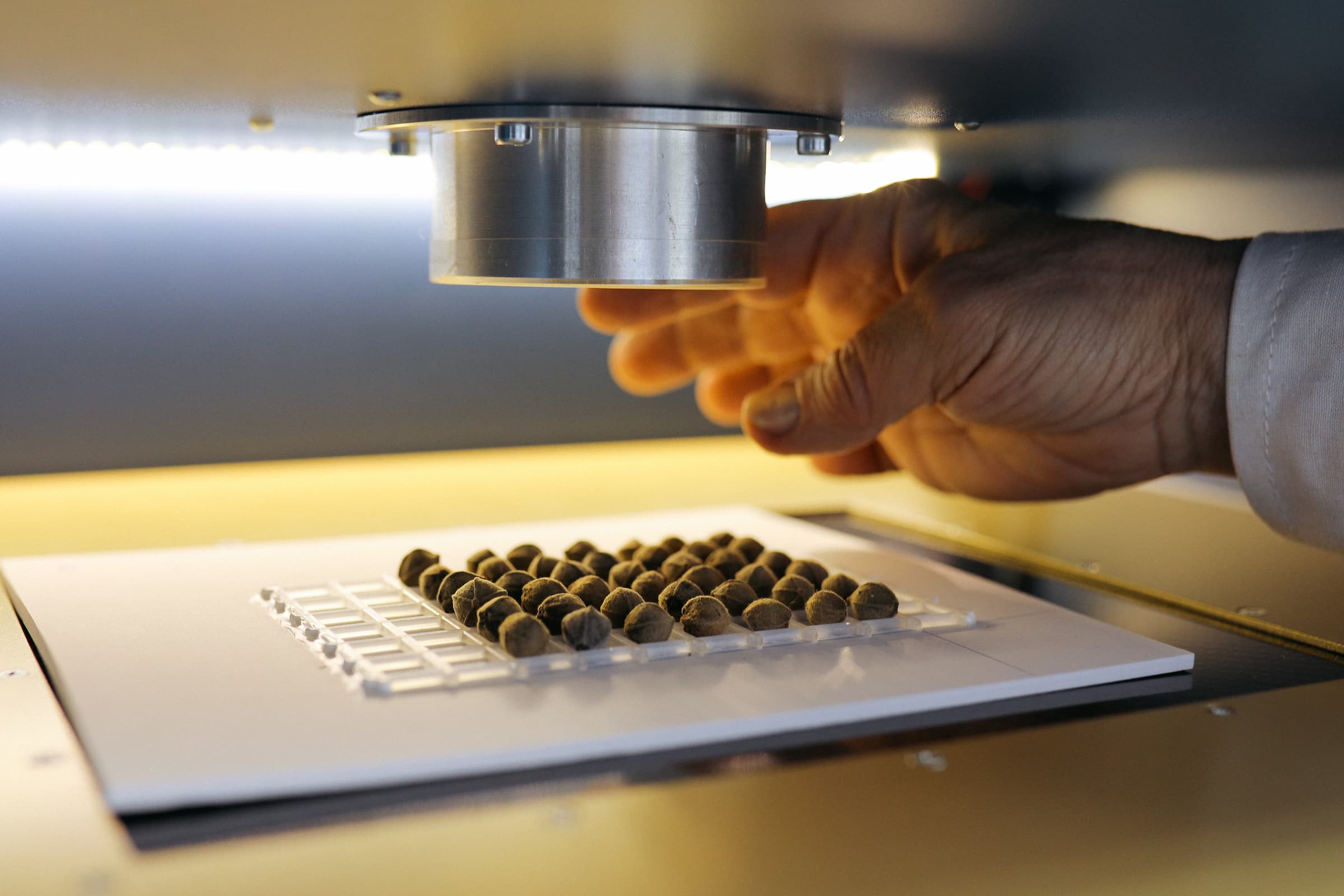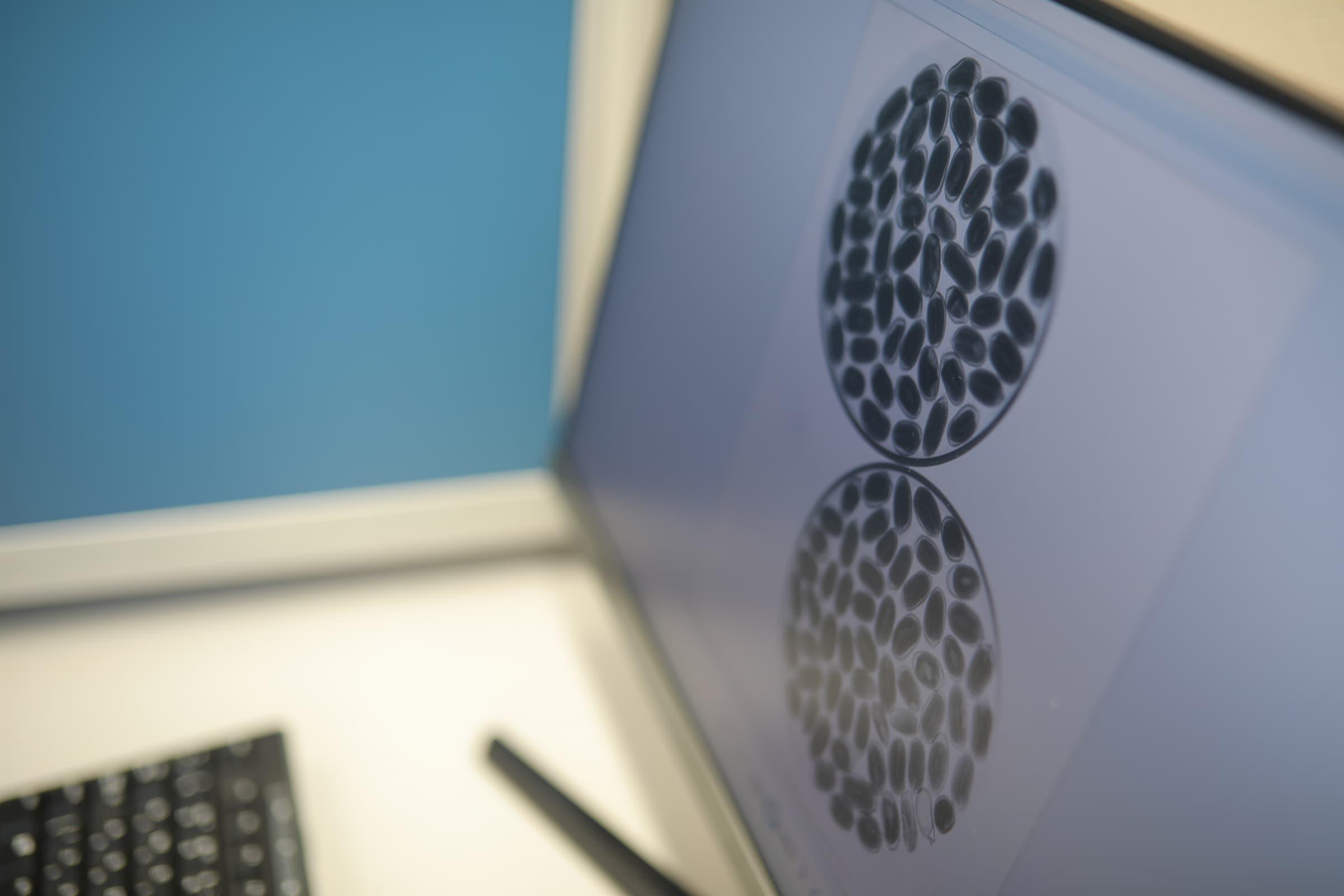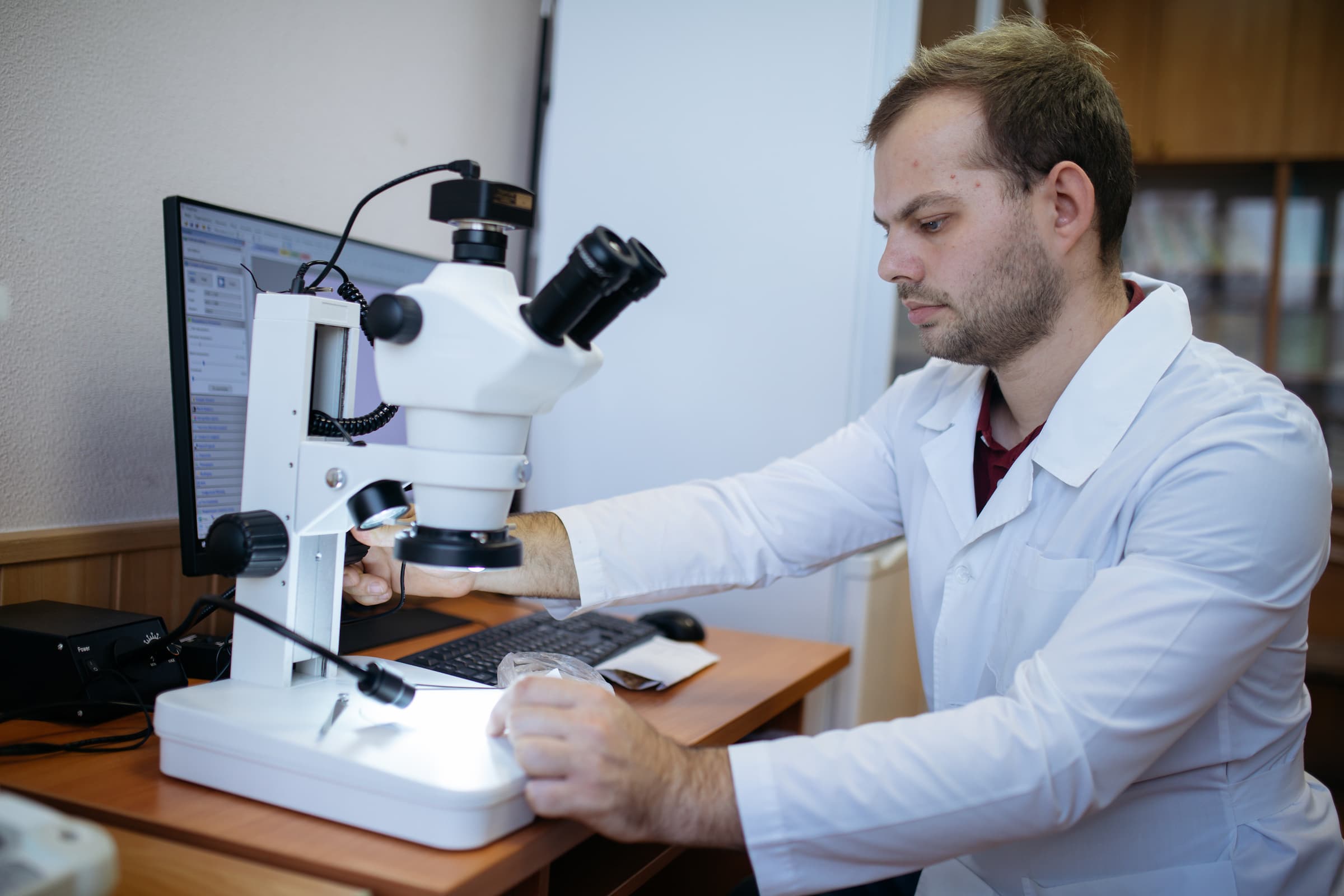At Samara University, a squad of seeds-cosmonauts has been formed: specialists from the University’s Botanic Garden have selected a batch of seeds of rare plants that will fly into outer space, for taking part in the experiment aboard the “Bion-M” Orbital Laboratory No. 2.
The seeds were selected following the results of the thorough study of their health: they were literally shone through and examined under the microscope. “Descendants” of the plants to be grown in the University’s Botanic Garden from seeds that had already flown into space in 2013 aboard the first “Bion-M” spacecraft were also among those selected for the space flight. Based on the results of the new flight, scientists should assess how staying in orbit will affect seed germination and post-flight development of seedlings, as well as try to analyze the effect of repeated exposure of space factors on plant generations. The orbital laboratory is scheduled to be launched in the second half of 2024.
“Following the results of laboratory studies, seed samples of 20 rare plants listed in the Red Books of the Russian Federation and the Samara Region have been selected for sending into space. Every “candidate,” every seed literally was closely studied by us applying soft-beam radiography, and we are fully confident that it is high-quality seed material to fly into orbit”, told Elena Kayurova, agronomist of the Flora Department at Samara University’s Botanic Garden.
Selecting seeds for the cosmonaut squad was carried out in the R&D Laboratory “Innovative Methods of Studying and Preserving Biological Diversity” at Samara University’s Institute of Natural Sciences. Among those selected for the flight, there were, for example, seeds of plants, such as Bupleurum aureum, Schrenck’s tulip, fern-leaf peony, Laser trilobum, Persian poppy, Gypsophila zhegulensis, Asphodelina Krymskaya, pasqueflower, heartleaf crambe and some other species of red-book rare plants.
The space batch also included seeds of two plants to be grown from seeds that flew onboard the first “Bion-M” in 2013, and successfully germinated upon return to Earth: these are seeds of Dianthus Andrzejowskianus and perennial flax. The “cosmonauts’ grandchildren” will fly into orbit, that is, the seeds of these plants in their second generation.
“We are not chasing the number of plant species to be studied, the main thing is conducting the qualitative further study of the consequences for seeds to be in outer space. Therefore, the selected 20 species fully satisfy our request, given the goals and tasks set. We should bear in mind that, besides the experimental group of plants that will fly into space, seeds were also selected for the reference and laboratory research groups: as the “cosmonauts’ alternates”, they will remain on the Earth. So, eventually, after the flight, we will closely study and examine not 20 groups of seeds to have returned from orbit, but 60 groups, i.e. by three times more. This will be a very painstaking and long-term work, since some species have a very long period of development from seed to an adult fruiting plant. Such species, for example, are Tatar crambe, heartleaf crambe, and fern-leaf peony. Therefore, we decided to focus on 20 studied species in the end, this will be quite enough,” noted Elena Kayurova.
Seeds of various plant species completely differ in size, so when selecting the plant species, scientists were guided, among other things, by the volume to be occupied by the potential “cosmonauts.” For placing seeds onboard, “Bion-M” No. 2 has a special mini-compartment with dimensions of 16x16x10 cm, and grippers — plastic bags with a zip-lock fastener — will probably be used as collective “spacesuits.”
“The seeds have different sizes — from 1 mm (big-flowered foxglove) to 8 mm (cambres). Therefore, the larger the seed, the fewer specimens of this species we eventually selected for the experiment. At present, all the selected seeds are stored at the University, in the seed laboratory, in the refrigerator, at a temperature of +5oC. These are conditions are optimal for long-term storage of seeds, so we don’t have to worry about their safety. When all the pre-flight tests of the “Bion-M” No. 2 spacecraft are completed, we will give the seeds to our colleagues-designers for subsequently placing them board. This is most likely to be done just a few days before the planned launch date of the orbital laboratory,” stressed Elena Kayurova.
Over the long history of space exploration, seeds of various plants have been in orbit more than once. The idea of growing plants in space was suggested by Konstantin Tsiolkovsky, the founder of modern cosmonautics, and in 1960, together with Belka and Strelka, onboard the “Sputnik-5” spacecraft, not only forty nameless mice, but also onion seeds, peas, wheat and corn flew into space. Currently, no one is surprised by space gardens and plant beds in orbit: lettuce and peas, wheat and radish and other edible plants have been successfully grown in space for long.
The experiment conducted by Samara University’s scientists is unique because the object of their study are seeds of not agricultural crops, but ones of natural flora, especially rare species, and some of them are “descendants” of the seeds that have already been in space. Rare plants of the natural flora are physiologically more sensitive to environmental changes than resistant types of agricultural plants, which can withstand drought, frost, and insect pests. That is why rare plants of the natural flora, like that fairy princess on the pea, will be able to show the influence of space flight factors much more vividly and more expressly.
Field experiments conducted with seeds after the flight of the first “Bion-M” in 2013 showed that space undoubtedly had a stimulating effect on a number of plant species: the soil germination of seeds of the plants was 70–80%, compared to 30–50% germination for seeds that did not fly into space. Besides, unusually large specimens to be in development noticeably ahead of the plants from the reference group were observed in the groups of plants-cosmonauts.
“Such experiments with seeds in space provide the opportunity for obtaining new fundamental information, new knowledge in space biology. Who knows, maybe in the distant future such research will help solve the global problem of plant extinction on the Earth or create a green oasis on some other planet, or, due to the knowledge obtained, a space seed repository protected from earthly cataclysms will someday appear in orbit. The future will tell,” summed up Elena Kayurova.
For reference
Samara University is a participant in the National Project “Science and Universities.”
“Bion” is a series of domestic spacecrafts for biological research. From 1973 to 1996, 11 satellites of the series were launched into outer space; several-dozen types of biological objects — unicellular organisms, plants, insects, fish, amphibians, turtles, rats, monkeys - visited space. In April 2013, the first upgraded biological satellite
“Bion-M” was launched. Its “crew” included mice, desert rats, geckos, snails, crustaceans, fish and various microorganisms.
According to open sources, the Orbital Laboratory “Bion-M” No. 2 is scheduled to be launched in 2024. Mice, fruit flies, fungi, bacteria, and cellular tissues are to go into outer space for a month. The research program in the project “Bion-M” No. 2 will be primarily aimed at studying the biological effects of weightlessness and high-intensive cosmic radiation on living organisms at the systemic, organ, cellular and molecular levels. The flight will take place in a high-latitude orbit, with its height of about 400 km. The Russian Orbital Station (ROS) is planned to be located in the same orbit, and the flight of the space laboratory “Bion-M” No. 2, having living organisms on board, will help, among other things, comprehensively assess safety of working at the ROS.
